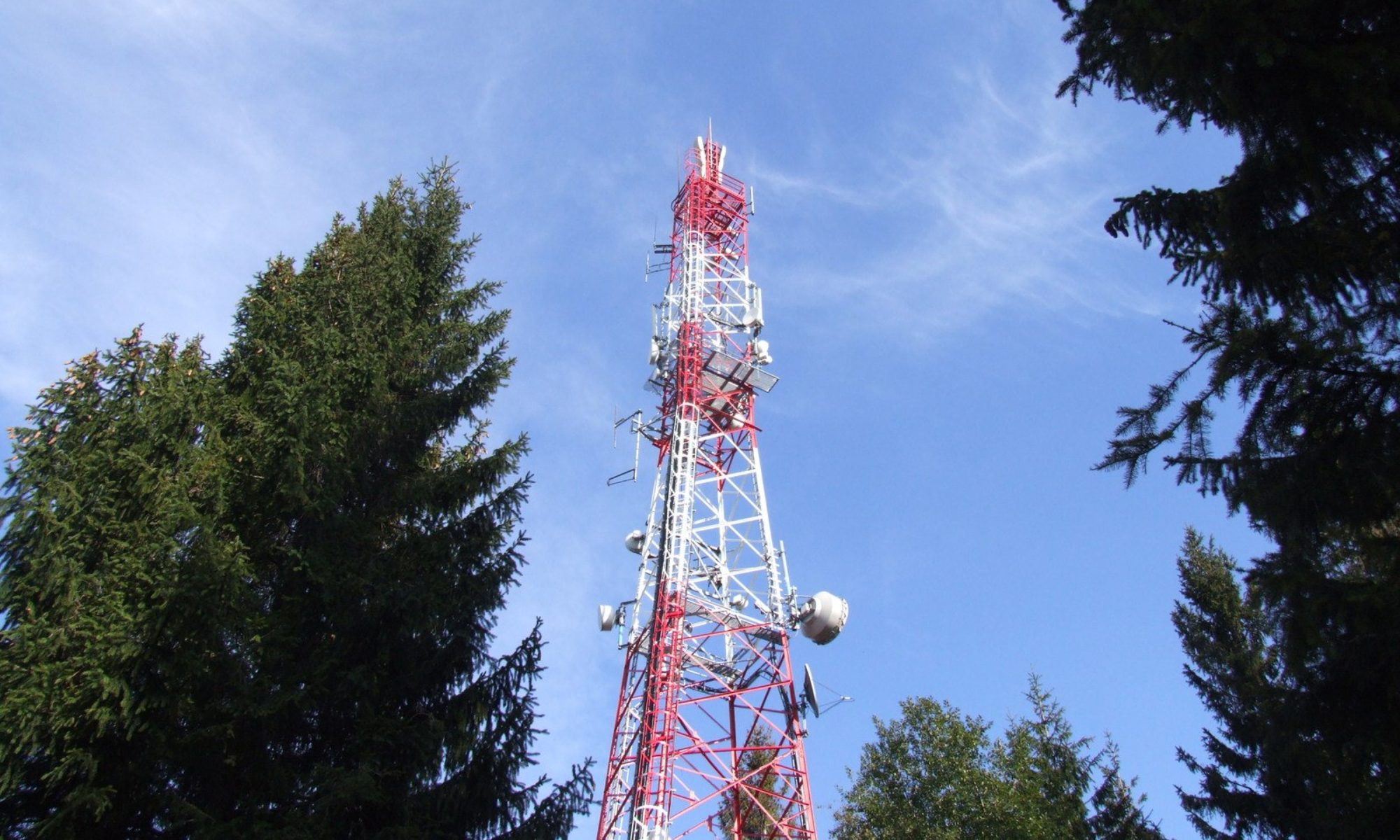And to follow that up, many have asked why the data in the current League publications is wrong or out of date. The front page of this site has a side-bar which lists documents you can review on your own. Let’s just agree that it’s a complicated issue that we had hoped to resolve. So far, it’s not worked out that way.
The ARRL began the process of having individual coordinations updated by submitting data to their website. The data was supposed to then be forwarded on to the frequency coordination body representing a specific region of the U.S. To the best of our knowledge, WAR Inc. never received a request to verify a manual data submission.
Each year, the ARRL issues a contract to enable them to publish the data WAR Inc. submits (electronically). This contract lapsed, and due to language WAR Inc. could not agree to without modification, no contract has been in place for the past few years. However, the ARRL continues to publish stale information without consent.
The larger issue concerning the inability to submit coordination data electronically resulted in even greater frustration. When the League decided to try the manual approach, WAR Inc. felt it was outside its capabilities to enter and verify all of the coordinations in our state. For several years we submitted our data (as did other coordination councils) electronically without incident. In fact, WAR Inc. tried on numerous occasions during the past decade to help the League to modify their ingest procedures which would have made the entire submission process much more efficient.
In 2015 the ARRL decided to hire an outside contractor to try and deal with the data submission issue. Again, WAR Inc. tried to help by offering constructive criticism during the process. To the best of our knowledge, the project must have had a finite deadline and all correspondence was cut short.
The result was an incomplete data format which WAR Inc. decided not to support, and separately has unresolved issues with the ARRL’s breach of the expired term limited agreement as well as the new agreement’s unlimited use terminology. Due to changes in the ARRL’s policies and terms of their new agreement(s), we have learned that there are several additional coordination councils which have also terminated their relationship with ARRL Inc.
A decision was made by the WAR Inc. BoD to discontinue efforts to assist the League as it was taking too much time away from our core responsibilities. No resolution is in sight, so your best source of current coordination data, as it always has been, is our web site.

